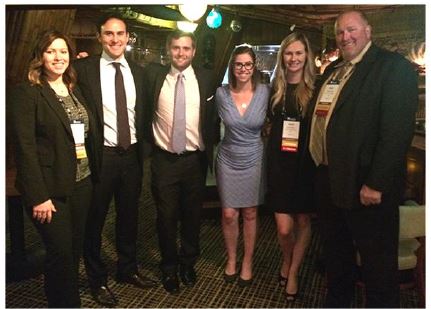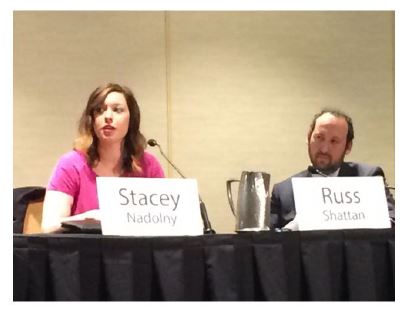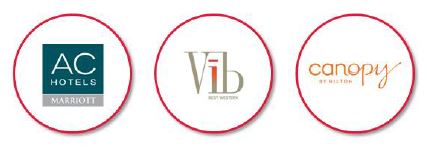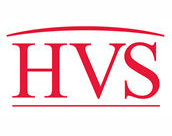The 2015 Hunter Hotel Conference shone light on how hoteliers can take advantage of present performance trends and high demand. Experts also raised concern over rising costs and a tipping point for new supply.
The 2015 Hunter Hotel Investment Conference hit its 27th year in stride, with delegates in hearty spirits after a year of very healthy industry performance. Conference founder and co-chair Bob Hunter has consistently coordinated an event that speaks to the concerns of hotel owners; in fact, the ratio of hotel owners to other industry agents (such as developers, consultants, and lenders) is far greater at Hunter than at the other “big four” hospitality conventions. Hotel consultants from HVS Atlanta, New Orleans, and Chicago arrived with a focus on sharing their insights with owners, who are on the front lines of shifts in the market.

Will New Supply Dampen Growth for U.S. Hotels?
Conversations and presentations at the conference cemented the fact that the U.S. hotel industry is roaring. Data relative to hotel demand, supply, and performance nationwide made it clear that the industry is as strong, or stronger, than in 2007/08, when development, sales, and renovations were at an all-time peak. In fact, STR reported that 97% of the U.S. hotel submarkets it monitors reported RevPAR growth in 2014. Supply has expanded over the past twelve months, but demand has far outpaced it on the whole. This has resulted in substantially higher occupancy levels and average rates. Meeting and group demand has generated especially dramatic growth in average rate, and this segment should remain strong in 2015.
Muted supply increases and record demand have resulted in sell-out nights in markets across the country. One impressive takeaway from the data is that owners, especially in the luxury and upper-upscale classes, have regained pricing power, commanding rates without losing a bulk of room nights. The sell-out nights provide more opportunity for owners to raise average rates, which should be a primary focus for hoteliers in 2015. This welcome combination of factors should ready hotel markets to absorb new hotels, just as the supply pipeline has begun to swell.
Climate Shifts for Hotel Supply and Transactions
The 2015 pipeline of new hotels has increased by more than 30% over last year. Of note, however, is the number of hotel closures and conversions in many markets, with Atlantic City and its struggling casinos as the prime example. The strong market presence, low-risk operations, and impressive average rate command of select-service properties have made this type of hotel the most sought-after for new construction. Select-service hotels also cost far less to build than full-service and luxury products, which adds to their appeal for both owners and investors.
Last year produced a spate of large portfolio transactions; however, smaller portfolios and single-asset sales should make up the majority of deals in 2015. Most hotel stakeholders are still homed in on primary U.S. hotel markets, though developers and lenders at the conference voiced interest in secondary and tertiary markets as well.
Buyers who purchased hotels in 2009/10 for 50 cents on the dollar should be looking to cash out shortly, which would put a large number of quality assets on the market. Discussions at the Hunter Hotel Investment Conference revealed that many feel now is the time to sell, even in the midst of peak performance levels, which had put pressure on the transactions market for high-quality hotels.
Hotel Values Trends
Stacey Nadolny, who leads the HVS Consulting & Valuation office in Chicago, presented on the panel “Hotel Values in a Rising Market.” Depending on the situation in a given market and with a given property, panelists agreed that now could be the time to buy, sell, or build. This again has to do with the remarkable performance levels experienced in the past year, along with the upside potential for wisely positioned hotel acquisitions and new builds.
With demand and revenues at all-time highs, hotel values have risen above their prior peaks in many U.S. cities. Panelists noted that cap rates have fallen; however, these cap rates need to be qualified, as not all derived rates represent the same benchmarks. Hoteliers are advised to research any caveats in the transactions in order to derive meaningful comparisons.
A New Era for Hotel Brands
Most owners still believe in brand power. Branded hotels have power to attract guests, especially with some of the widespread marketing campaigns from industry titans such as Marriott, Starwood, and Hilton. Lenders lean toward brands as well, with some conference-goers reporting that capital moves more readily to branded versus independent hotel projects. New brands coming to the fore in 2015 include AC Hotels by Marriott, Vib (pronounced ‘vibe’) by Best Western, Canopy by Hilton, and many others. A large number of the new brand concepts have been spawned in an effort to capture demand in the form of Millennials, the demographic of travelers in their early twenties or thirties.
Despite the enthusiasm from hotel companies, some conference attendees took a cautionary turn on the flurry of new brands, concerned about market oversaturation. Nevertheless, many U.S. markets are currently saturated with hotel flags while still experiencing growth in demand; hence, the introduction of non-traditional brands opens doors for the development of new, viable hotels.
Concerns
The incoming new supply has created some uncertainty, even as performance sits at record heights. Hotel owners also talked with some concern about rising labor costs and pressure from online travel agents (OTAs). Tech upgrades, which are becoming more common and necessary to hotel renovations and upkeep, come at an especially high cost of labor. Although capital has been easier to acquire, building costs have soared; the prohibitory costs of construction could stem the flow of new hotels over the long term, assuaging worries of a downturn in the near future.
In Closing
According to conference consensus, one could say that the U.S. hotel industry is less at a peak than a high plateau. Performance may trend downward before gaining more momentum, but the levels reached in the past year are likely to extend for quite some time. Supply growth has been dwarfed by demand over the past year, though it is still possible for the situation to reverse. Nevertheless, the 2015 Hunter Hotel Investment Conference brought to light many opportunities for hotel owners, investors, and developers to follow the conference motto and “seize the day.”








